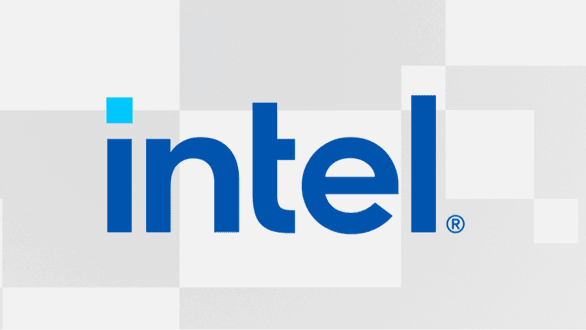royal core project was nixxed.
but supposedly a very new , as in new, architecture in terms of how the cores work.
but i see the usual anti-intel people are trolling. ill leave it to them.
hello im a troll. thats what i do all day. i dont buy intel. i just visit their threads to take a dump on them. nice work if you can get it?
==
as for e-cores. this p-core and e-core 'hybrid' architecture thing. yes you end up with a lot of cores for parallelism. and it comes at a thermal envelope cost.
compare to 9950X the flagship multicore chip:

AMD Ryzen 9 9950X Review - The New Flagship
With 16 cores and 32 threads, the Ryzen 9 9950X, powered by AMD’s Zen 5 architecture, is the fastest desktop processor we've ever tested. In our review, it breezed through application workloads and delivered high FPS rates in gaming. But at $650, it doesn’t come cheap.www.techpowerup.com
max power in multithreaded load the 9950X uses more power than a 14900k...depending on settings etc, they are comparable.
for those who dont want intel, just visit intel threads and take a dump.
Are you flipping serious?
You're citing an all out overclocked 9950X in cinebench vs a stock 14900K, because that overclocked 9950X scores that much higher it is still more efficient than the stock 14900K despite being overclocked.
9950X 9.2 pts balls to the wall overclock vs 8.6 pts stock 14900K.
The efficiency stock vs stock is 11.6 pts 9950X vs 8.6 pts 14900K.
Power consumption average across 47 tests is 135 watts 9950X vs 180 watts 14900K.
You're comparing apples to oranges. This is badly contrived.
Last edited:








